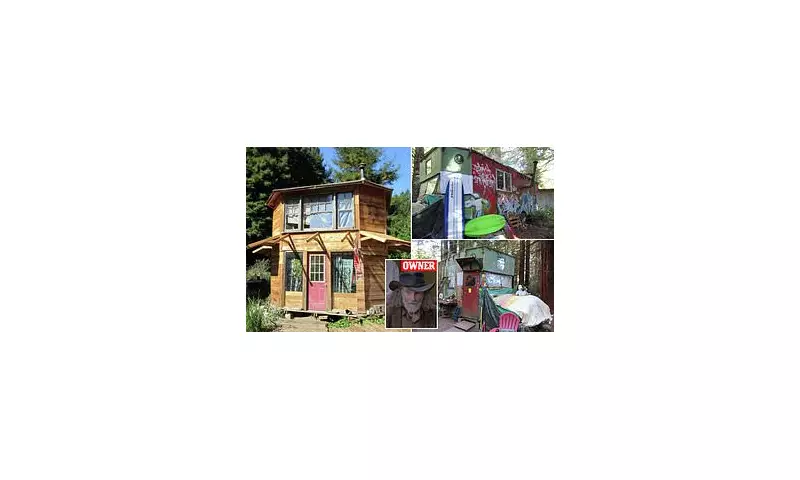
In the misty redwood forests of Northern California, where the ghosts of 1960s counterculture still whisper through the trees, an extraordinary transformation is unfolding. What began as a classic hippie commune has dramatically reinvented itself, swapping tie-dye for cowboy hats and psychedelic rock for country twang.
The Great Cultural Shift
The community, nestled in Humboldt County's iconic landscape, has undergone what residents describe as a "natural evolution." Where once marijuana plants grew freely and anti-establishment sentiments flourished, today you're more likely to hear the sounds of banjos and see residents practicing their line dancing.
"We went from 'far out' to 'yee-haw' without ever losing our community spirit," one long-term resident explained. "The values of connection and living close to the land remained - we just traded our Grateful Dead albums for Dolly Parton."
From Psychedelics to Square Dancing
The change didn't happen overnight. Over several decades, the community gradually shifted away from its hippie roots. The younger generation, raised in the commune but exposed to broader cultural influences, began introducing country music and western traditions.
Today, the community hosts regular barn dances, country music nights, and has even started its own bluegrass band. The communal kitchen that once served vegetarian fare now occasionally features southern barbecue, though organic and locally sourced principles remain intact.
Preserving the Past While Embracing Change
Despite the dramatic cultural shift, residents maintain connections to their alternative origins. The commitment to sustainable living, environmental stewardship, and community decision-making processes established in the 1960s continue to shape daily life.
"We haven't abandoned our values," another resident noted. "We've just found new ways to express them. The country lifestyle aligns surprisingly well with our desire for authenticity and connection to the land."
A New Chapter in Alternative Living
This unique transformation offers a fascinating case study in how intentional communities evolve over time. From anti-establishment rebels to square-dancing enthusiasts, the journey demonstrates how cultural expressions can change while core values endure.
The community's story continues to attract attention from sociologists and cultural observers interested in how alternative lifestyles adapt and transform across generations.
